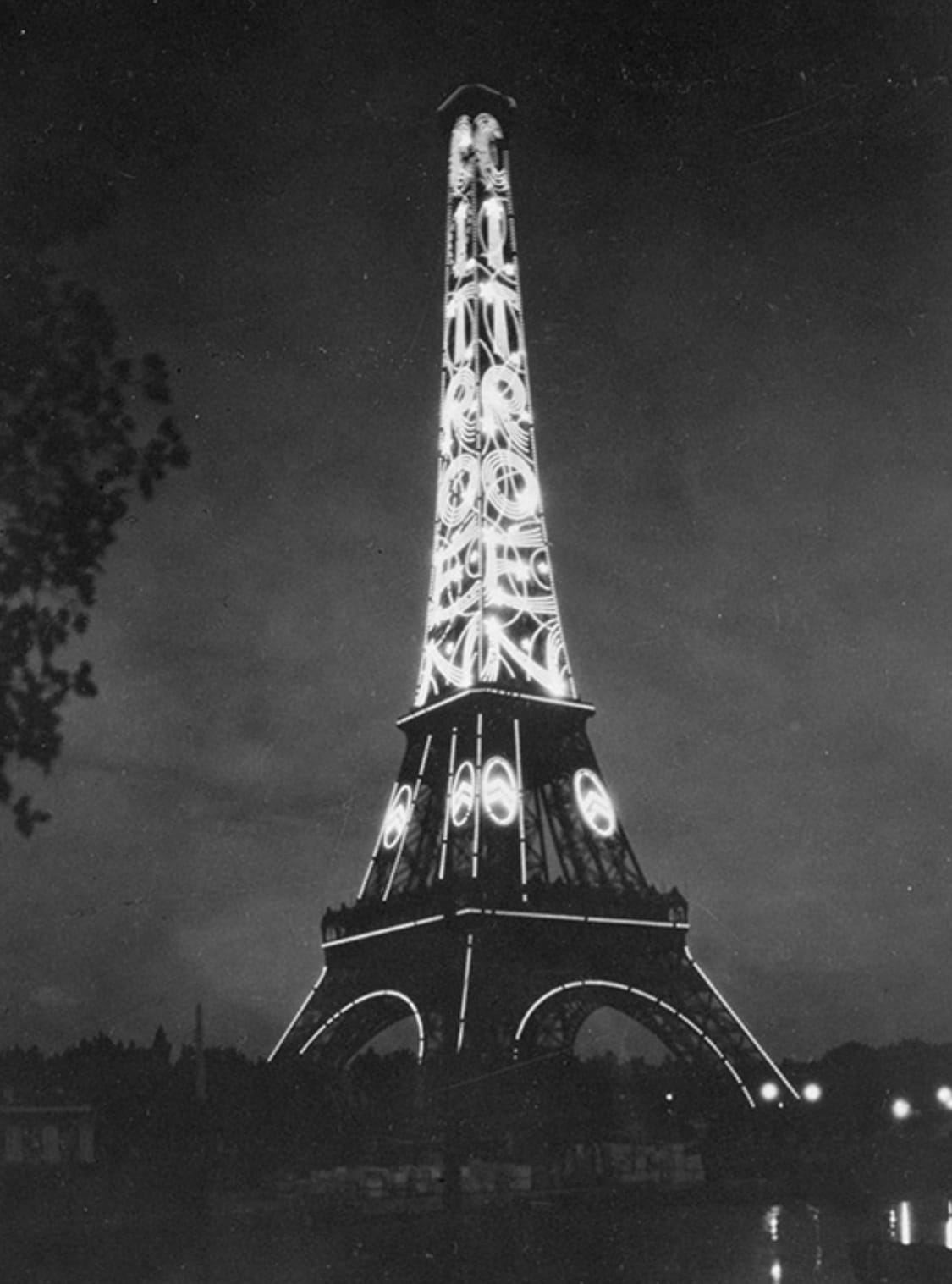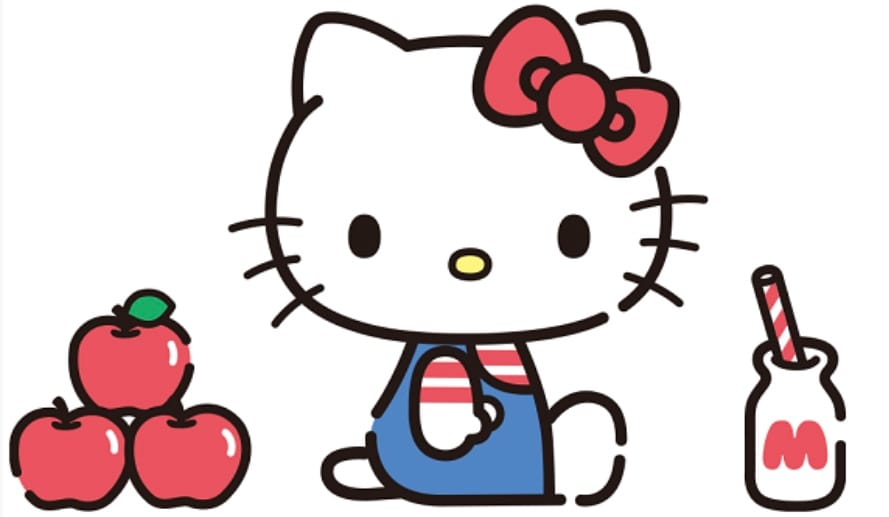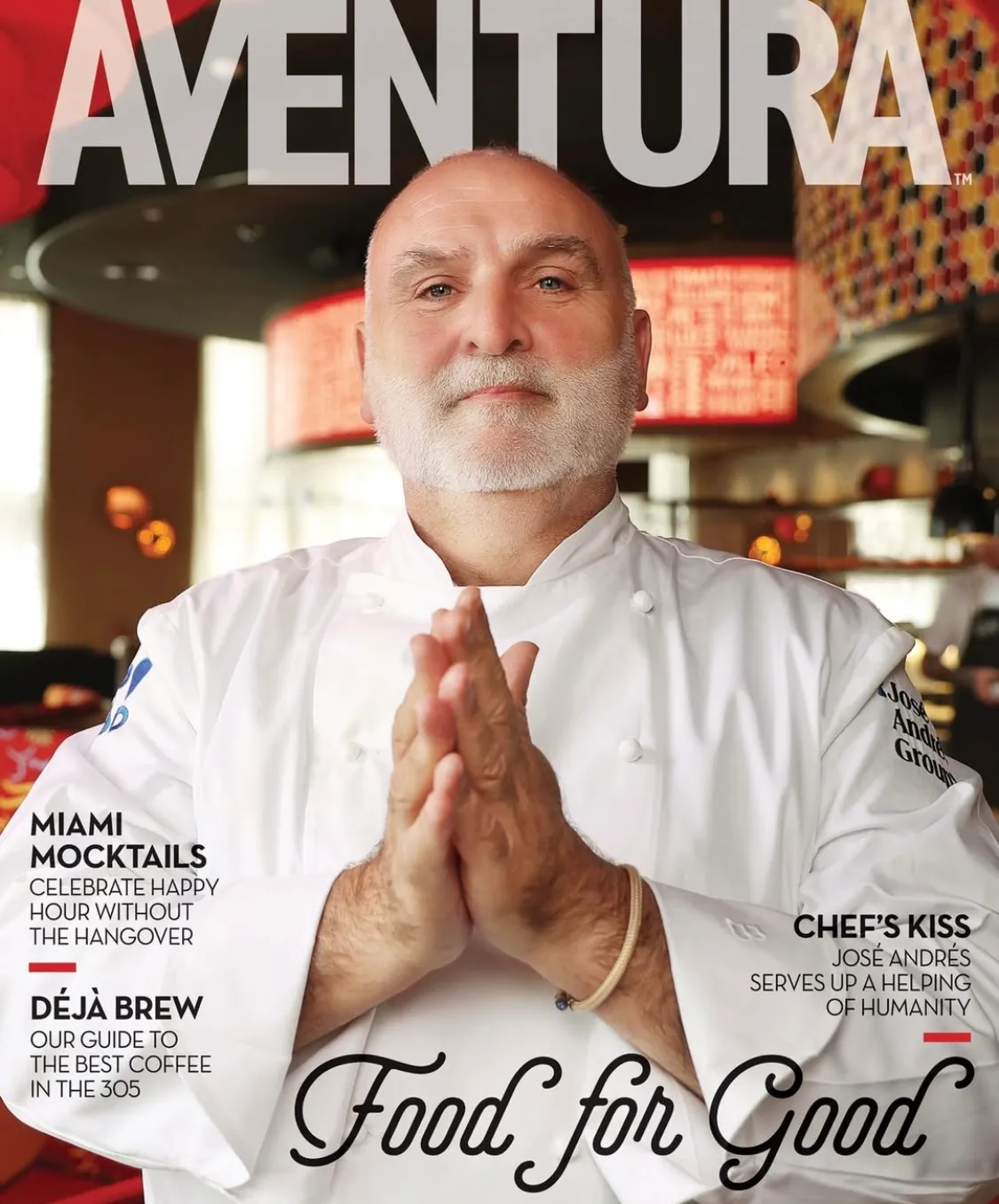Let The Games Begin!
The Olympics used to give art awards, the Eiffel Tower was once a big car ad, and other tidbits.

It has been 100 years since Paris last hosted the Olympics. In a year when Vladimir Lenin died of a heart attack, Carl Taylor patented an ice cream cone rolling machine, and Simon & Schuster published the first crossword puzzle, The City of Light introduced the first Olympic Village for athletes and added a closing ceremony to the schedule. More than 3,000 athletes from all over the world competed in sports, including swimming, gymnastics, and rowing. But participants also fought for medals in architecture, literature, music, painting, and sculpture too.
Baron Pierre de Coubertin, who founded the modern Olympics in 1896, admired the culture and history of Ancient Greece and believed true Olympians were not only athletic, but skilled in some form of the arts. Not everyone saw it his way, but that didn't stop him from pushing for contestants willing to demonstrate their prowess with paints, ink, and clay.
“The coming generation will know mental workers who will at the same time be sportsmen,” he told an audience in 1906. “Are there not some already among the fencers?”
The first year of creative battle was in 1912. That year, thirty-three artists submitted pieces for consideration. The catch: everything they made had to be inspired by sports. Among other things, the first gold medalists produced a plan for a modern stadium, a victory march, and an ode to sport penned by Coubertin, who used a pseudonym, that cheater.
He wrote:
O Sport, pleasure of the Gods, essence of life, you appeared suddenly in the midst of the grey clearing which writhes with the drudgery of modern existence, like the radiant messenger of a past age, when mankind still smiled. And the glimmer of dawn lit up the mountain tops and flecks of light dotted the ground in the gloomy forests.
Maybe that’s why he used an alias. I wouldn’t have wanted anyone to know I wrote that either.
Following this inaugural art-off, the 1916 Olympics were cancelled because of World War I, and the 1920 Olympics were a smaller-than-usual affair because of the destruction that remained.
But in 1924, the Twenties roared in Paris, and the arts competitions seemed primed to find their footing in a city full of new art movements, new fashions, and plenty of technological change.
And yet...this was still Paris. Months before competitions began, art critics were already complaining about the Olympic stamp designs.
As The New York Times reported on April 14, 1924:
"Artists feel that the stamps, which will go to every part of the world, should carry something more representative of French art than the Olympic designs which appear on the issue.
Upon one of the issues appears an athlete with an outstretched arm in the act of saluting and who, the artists say, is not French in appearance but more of the Slav type and certainly unlike the classic Greek. On another is the figure of a woman holding a statue of liberty [sic] in her hand and described by one critic as "a disappointed woman, contemplating with bitterness a bad bargain just made by buying from an itinerant statuette seller for 10 sous a plaster cast of Victory worth perhaps 3."
If I had been an aspiring medalist in, say, painting that year, I would have read that review and told myself to sit out the 1924 Games out of self-preservation. After all, that's a long way to travel just to get obliterated by an exacting judge. Why not use the time to work on my three-point perspective, and up my color game? You know what I mean?

As it stood, no one won a gold medal for architecture in 1924, but a silver and bronze were awarded for stadium designs. No one medaled at all in music, though eight composers took part. William Butler Yeats’ brother Jack won a silver for his painting The Liffey Swim, which currently hangs in the National Gallery of Ireland. Sculptor Kostas Dimitriades won a gold medal for the discus thrower he molded, while Claude-Leon Mascaux won a bronze for the seven medals he created.
“There is need for something else besides athleticism and sport,” Coubertin said in the closing ceremony. “We want the presence of national genius, the collaboration of the Muses, the cult of beauty, all the display pertaining to the strong symbolism incarnate in the past by the Olympic Games and which must continue to be represented in our modern times.”
Alas, it wasn’t to be. After World War II, the Olympics focused on amateur competition, and eventually scrapped arts medals from the games because everyone competing had to sell their pieces to make money, which meant they were professionals. Never mind that pro athletes now compete. Arts competitions have been largely forgotten, and whatever pieces remain from that time are scattered in parks, museums, and private collections around the world. An Olympic arts and culture festival is all that remains. But there was a time when body and soul could compete on an international stage and be rewarded for it. As the 2024 Games get underway, the non-athlete in me celebrates that past, and the vision of the Frenchman who dared make it a reality, if only for a moment.
Writing prompt: If you could add an Olympic event to the mix, what would it be and why? By the same token, if you could get rid of an Olympic event, what would it be and why?
Eiffel Tower as Billboard

A friend of mine emailed me this week because he was astounded that the French would allow anyone to hang Olympic rings on the Eiffel Tower. He said: "I assumed it would be a sacrosanct symbol of the country that they wouldn't sully with crass advertisements." Ever the France-splainer, I told him that the Eiffel Tower wasn't always so sacrosanct. In the beginning, its critics called it a giant asparagus, and also said something along the lines of how it looked ready to blast a big fart into the heavens, or something to that effect. Paris Opera House architect Charles Garnier held protests under the tower's four legs because "it was the only place out of sight of the wretched construction." In 1887, Garnier was among the artists who signed a letter of protest about "this mind boggling fantasy." The missive ran on the front page of Le Temps. Among other things, it said:
Without descending into jingoistic enthusiasm, we have the right to loudly proclaim Paris a city without rival in the world. Over its streets and widened boulevards, along its superb river banks, amidst its magnificent walkways rise the noblest monuments yet conceived by human genius. Author of so many masterpieces, the soul of France gleams through this august efflorescence of stone. Italy, Germany, Flanders – so justly proud of their artistic heritage – possess nothing comparable to our own, and from every corner of the universe Paris draws curiosity and admiration. Should we let all this be profaned? Should the city of Paris continue to associate itself with the outlandish and mercenary fancies of some machine-builder, and thereby ruin and dishonour itself irreparably? For the Eiffel Tower – which even business-minded America itself would not want – will, without doubt, be the dishonor of Paris.
In time, Garnier would be among those who'd come around and see the tower in a different light. When pressed by a reporter, he said that as an architect he was against the Eiffel Tower on principle, but as a Parisian he was for it because of the spectacle...which seems to fly in the face of his original argument, but fine, let's let him have it both ways.
The year after the 1924 Olympics, automaker Citroen paid to put its name on the Eiffel Tower with 125,000 lights. The shiny ad was infinitely bigger than the rings that are currently hanging on it, and it remained there until 1934, when Citroen went bankrupt in part...because of its high electricity bills.
Endnotes

Fe-lyin': This week I learned that Hello Kitty is not a cat, but a little girl, born and raised in a big pink house in the London suburbs. I don't see it, but if parent company Sanrio says it is so, then I guess I must accept their brand lore. Still, the revelation stunned me. When I was a kid, I remember rummaging through those fun Hello Kitty displays near department store checkouts, and then bugging my mom for an impossibly tiny BUT SO CUTE notebook with HK's face on it. All this time and Kitty was never the feline I thought she was, thus upending an absolutely trivial, yet necessary part of my youth. When I emailed my sister about this, thinking we'd have a shared moment of grief, she claimed to have known Kitty was a person for quite some time. My child thought everyone knew this (Narrator voice: Everyone did not). Late last month, King Charles raised a glass to absolutely-not-a-cat Kitty, who turns 50 this year. His Royal Majesty has known? Now I really feel like a loser. I guess I'll have to come to terms with Sanrio's Catgate, little by little, day by day...
Celebrity Book Clubs: EJ Johnson's Point of Departure newsletter has another good piece about the good, the bad, and the ugly of celebrity book clubs. Go check it out when you get a minute, and then let me know whether you like celebrity book club recommendations, and if you do, which celebrity's picks are your favorite and why. If you don't trust rich and famous folks telling you what to read, why is that, and who or where do you turn for recommendations instead?
Speaking of Books...: Kim and Elizabeth played my bibliomancy game a couple of weeks ago, so both will be receiving handmade books from me soon. Congratulations to them!
Also: Thank you to those of you who have been giving me feedback on the newsletter. I really do appreciate it. I don't want to be filling your inbox with something that makes you say "ugh. This again?" I want to be sure I'm giving you something that will give you a break from the news, and that will be interesting and entertaining too. So please don't hesitate to let me know what you're enjoying and what you'd like to see more of (or less of). The feedback helps me, which in turn helps you. Again, thank you so much!
Where I hope you’ll donate this week: The PEN/Faulkner Foundation is dedicated to the idea that fiction creates empathy within and among communities and advances civil discourse. American culture thrives when stories from diverse perspectives enrich our lives. To further these ideals, PEN/Faulkner cultivates a vibrant landscape for writers and readers of fiction both locally and nationally. Please consider making a gift to them to support this work, which is oh-so-important right now.
Paige Bowers Newsletter
Join the newsletter to receive the latest updates in your inbox.




